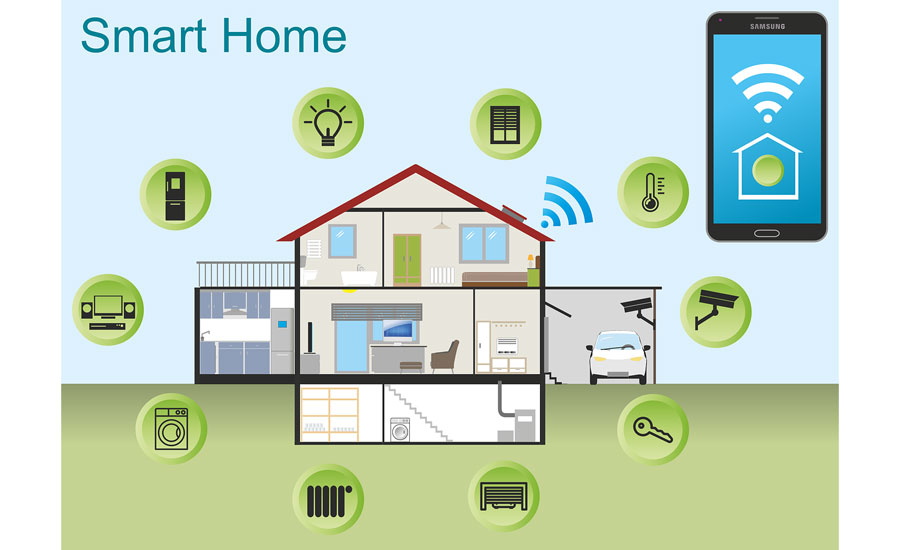The Ultimate Overview To Comprehending Heat Pumps - Just How Do They Work?
The Ultimate Overview To Comprehending Heat Pumps - Just How Do They Work?
Blog Article
Composed By-Roy Hemmingsen
The very best heatpump can save you considerable quantities of cash on power costs. They can additionally help reduce greenhouse gas exhausts, particularly if you utilize electricity in place of fossil fuels like gas and home heating oil or electric-resistance furnaces.
Heatpump function very much the same as a/c do. This makes them a feasible option to traditional electrical home furnace.
Just how They Work
Heat pumps cool homes in the summertime and, with a little aid from electricity or gas, they give several of your home's heating in the winter season. They're an excellent choice for people who wish to lower their use of nonrenewable fuel sources but aren't ready to replace their existing heating system and air conditioning system.
They count on the physical truth that also in air that seems also cool, there's still power existing: cozy air is always relocating, and it wants to move into cooler, lower-pressure environments like your home.
Many ENERGY celebrity accredited heat pumps operate at close to their heating or cooling ability throughout the majority of the year, minimizing on/off cycling and saving energy. For the very best performance, focus on systems with a high SEER and HSPF ranking.
The Compressor
The heart of the heat pump is the compressor, which is likewise called an air compressor. This mechanical moving tool makes use of potential power from power development to raise the stress of a gas by reducing its quantity. It is various from a pump in that it just services gases and can't deal with liquids, as pumps do.
Climatic air gets in the compressor via an inlet shutoff. It travels around vane-mounted arms with self-adjusting size that split the interior of the compressor, developing multiple cavities of varying dimension. https://www.tennessean.com/story/weather/2022/07/04/nashville-weather-heat-advisory-effect-middle-tn/7661200001/ to move in and out of stage with each other, compressing the air.
The compressor attracts the low-temperature, high-pressure refrigerant vapor from the evaporator and presses it right into the warm, pressurized state of a gas. This process is duplicated as needed to supply heating or air conditioning as needed. The compressor likewise includes a desuperheater coil that recycles the waste warm and adds superheat to the refrigerant, transforming it from its fluid to vapor state.
The Evaporator
The evaporator in heat pumps does the exact same point as it does in fridges and air conditioning system, altering fluid refrigerant into an aeriform vapor that removes warm from the room. Heat pump systems would not function without this vital piece of equipment.
This part of the system is located inside your home or building in an interior air handler, which can be either a ducted or ductless unit. It consists of an evaporator coil and the compressor that compresses the low-pressure vapor from the evaporator to high pressure gas.
Heat pumps absorb ambient warmth from the air, and after that use electrical power to move that warmth to a home or business in heating setting. That makes them a lot much more energy effective than electric heating systems or heating systems, and because they're utilizing clean power from the grid (and not burning fuel), they also create much less exhausts. That's why heat pumps are such terrific ecological choices. (Not to mention a significant reason they're coming to be so prominent.).
The Thermostat.
Heatpump are fantastic choices for homes in chilly environments, and you can use them in mix with conventional duct-based systems and even go ductless. They're an excellent different to nonrenewable fuel source heating systems or conventional electrical heaters, and they're a lot more lasting than oil, gas or nuclear cooling and heating equipment.
Your thermostat is the most crucial part of your heatpump system, and it functions really in a different way than a standard thermostat. All mechanical thermostats (all non-electronic ones) job by utilizing materials that change size with boosting temperature level, like coiled bimetallic strips or the broadening wax in an automobile radiator valve.
https://claytonfnsss.ourcodeblog.com/29454806/making-best-use-of-comfort-and-cost-savings-tips-for-optimizing-your-heat-pump-efficiency consist of 2 different kinds of steel, and they're bolted with each other to develop a bridge that finishes an electric circuit attached to your cooling and heating system. As https://cost-of-installing-water23343.wizzardsblog.com/29328315/the-clear-cut-guide-to-selecting-the-right-dimension-heatpump-for-your-home obtains warmer, one side of the bridge broadens faster than the other, which triggers it to bend and signal that the heater is needed. When the heatpump is in heating setting, the turning around shutoff turns around the circulation of refrigerant, to ensure that the outside coil currently functions as an evaporator and the indoor cylinder ends up being a condenser.